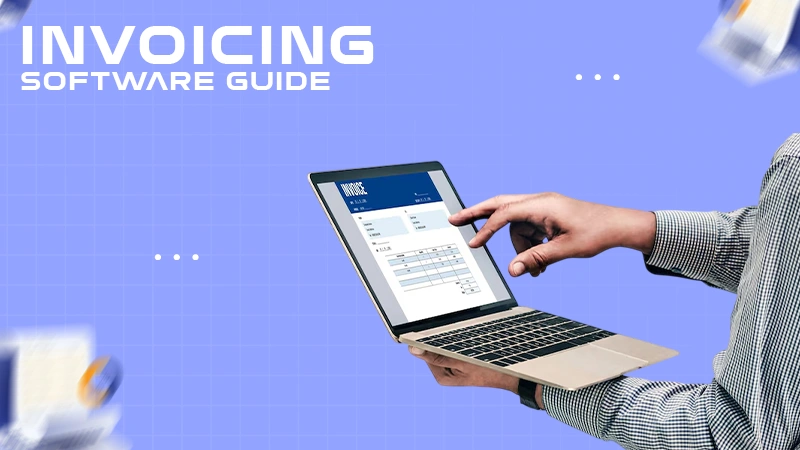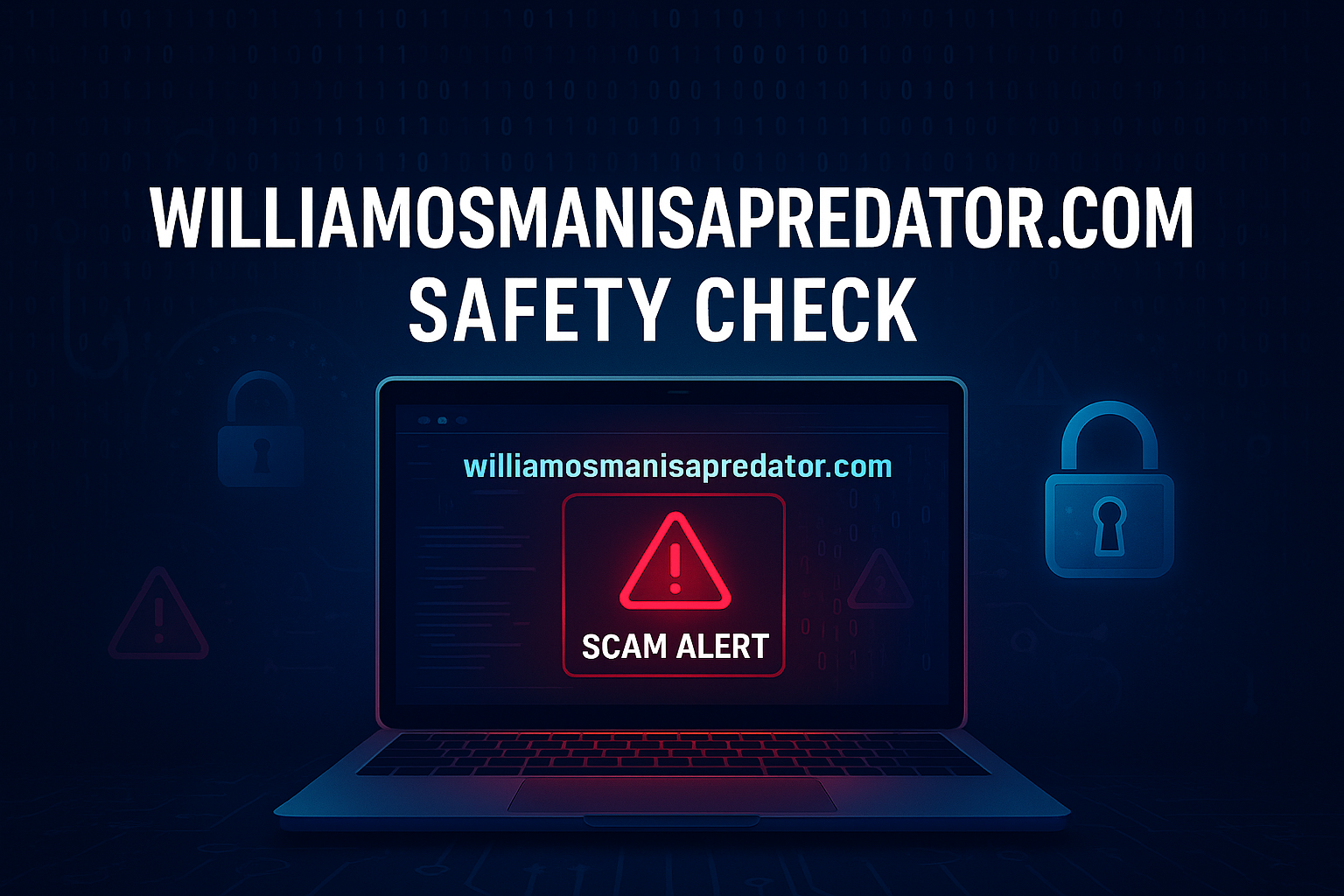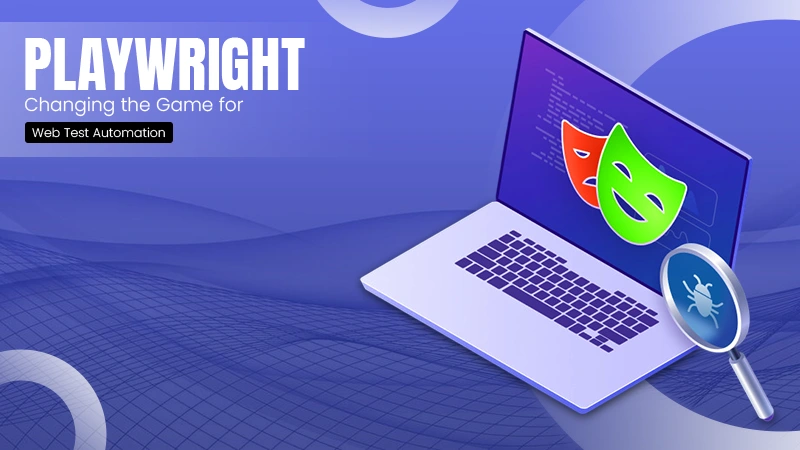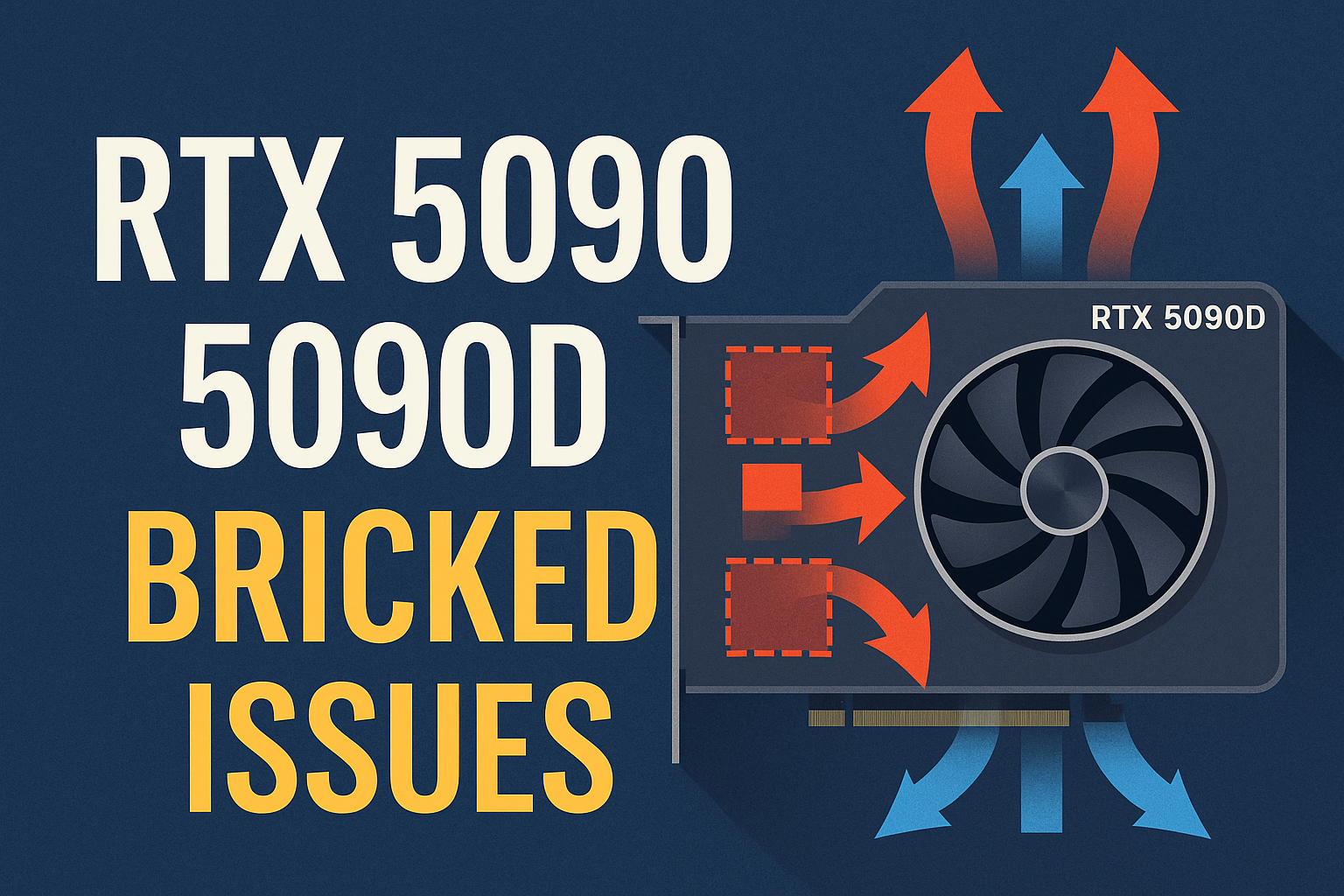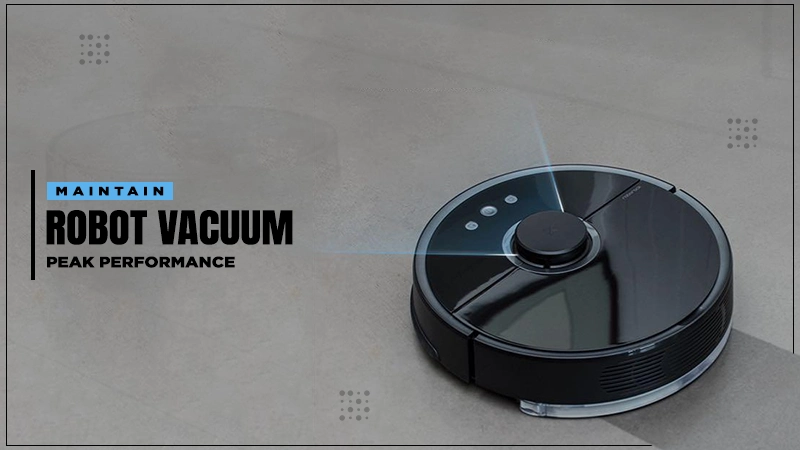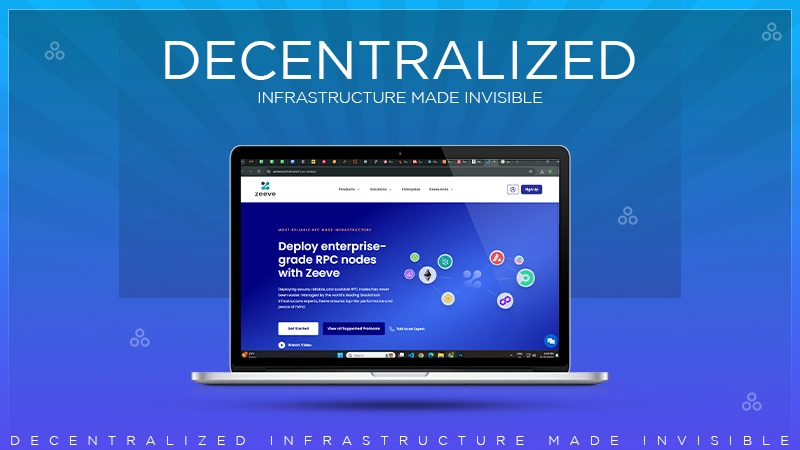
Looking for ways to protect your brand from cybercriminals and domain hijackers?
Smart business owners are registering more domains than ever before. It’s no longer just about having a website.
With 5,928 cybersquatting cases filed in 2023 alone (up 7% from 2022), domain registration is now an essential part of brand protection.
Problem:
Cybersquatters are getting smarter, faster, and more aggressive every day.
They’re actively researching your future business plans, upcoming product launches, and even common typos you and your team are likely to make.
Without a solid domain registration strategy, you’re leaving your brand wide open to attack.
In this guide, we’re going to show you exactly how to build a bulletproof domain registration strategy that bad actors won’t even bother with.
We’ll cover:
- Why Domain Registration Essentials Matter More Than Ever
- The Hidden Costs of Poor Domain Protection
- 6 Proven Strategies to Secure Your Brand
- How to Recover Stolen Domains (If It’s Too Late)
Why Domain Registration Essentials Matter More Than Ever
Domain registration essentials are much more than just picking a catchy name for your website.
Most business owners don’t realize this…
Domain names are the prime real estate for cybercriminals.
80% of domains that closely resemble Global 2000 brands are owned by third parties, and most of them are malicious.
Your domain name is your digital address. If someone else owns and controls domains that look like yours, they can intercept your customers, steal your sales, and ruin your brand’s reputation.
It’s not a matter of if, but when.
The global domain registration market is exploding right now, and it’s only going to continue growing from here.
The market is expected to reach a staggering $2.37 billion by 2032.
This is a massive increase from 2019’s $693 million.
More domains mean more opportunity for cybersquatters to target and monetize your brand.
Guess what…
Most companies are unprepared for this rise in domain-based attacks.
72% of companies have implemented less than half of the domain security and recommended best practices.
Businesses have left the front door to their digital real estate wide open.
The Hidden Costs of Poor Domain Protection
Here’s the thing about the real cost of poor domain protection.
It goes WAY beyond losing control of a domain name.
Cybersquatters aren’t just trying to take your domains. They’re after your customers and reputation, too.
Traffic theft is just the tip of the iceberg. Every single customer who lands on a fake site instead of yours is a customer you’ve lost.
They might purchase fake or counterfeit products or walk away with their trust broken forever.
Brand reputation damage can take years to recover from if you get hit with something severe. Imagine a customer finding porn, gambling, malware, or content meant for adults on a domain that looks EXACTLY like yours.
Then there are legal costs to consider. Fighting cybersquatters in the legal system costs thousands of dollars and can take months to resolve.
The most important part that most people miss…
Prevention costs a tiny fraction of what you’ll spend to fix the problem later.
6 Proven Strategies to Secure Your Brand
So how do you lock down your brand and keep your domains safe?
We’re going to show you the EXACT strategies that have protected thousands of businesses around the world.
1. Register Multiple Extensions
A lot of business owners stop at .com and think their job is done.
Don’t be that guy.
You need to register your brand name across ALL the popular extensions:
- .com, .net, .org
- .biz, .info, .co
- Country-specific extensions (.us, .uk, .au, etc.)
Bonus tip: Need to buy cheap SG domain? Check out options for the Singapore market if you’re working with reputable registrars. Look for registrars that offer proper brand protection features and competitive prices when it comes to bulk domain registration essentials.
2. Secure Common Misspellings
This is where most businesses drop the ball.
Cybersquatters love typosquatting. Registering common misspellings of brand names and hoping to catch customers when they make typing mistakes.
List every possible misspelling of your brand name. Register those domains too.
Trust us. It’s a small investment that saves massive headaches later.
3. Monitor New Registrations
If you aren’t actively monitoring new domain registrations, you’re playing a dangerous game of “wait and see.”
Instead, set up automated alerts for:
- Your brand name
- Your product names
- Key executives’ names
- Variations and misspellings
Google Alerts is free and works great for this. For more advanced protection, you can pay for professional services that monitor newly registered domains every day.
4. Use Registry Lock Services
Want to make your domains virtually hijack-proof?
Use registry lock services for your existing domains.
Registry lock is like putting your domains in a vault. Even if someone hacks your registrar account, they can’t transfer or modify locked domains without going through additional verification steps.
Not all registrars offer it, but it’s worth switching if yours doesn’t.
5. Register Defensive Domains
Let’s think like a cybersquatter for a second.
If you were going after a business, what domains would you be tempted to register?
Product launch names?
Event domains?
Executive names?
Beat them to the punch and register those domains yourself. You don’t have to use them, just own them so bad actors can’t.
6. Implement Strong Domain Management
The weakest link in your domain portfolio is your biggest security risk.
Use unique, strong passwords for all of your registrar accounts. Enable two-factor authentication wherever possible. Keep contact info updated so you receive renewal notices.
And here’s something MOST people don’t think about…
Documentation is your friend. Keep records of every domain you own, expiration dates, and registrar locations. It’s easy to accidentally let domains expire if you don’t have clear records.
How to Recover Stolen Domains (If It’s Too Late)
What if you’re already in cybersquatter territory right now?
Don’t panic. You still have options:
1. File a UDRP Complaint
Uniform Domain-Name Dispute-Resolution Policy (UDRP) is your first line of defense.
It’s cheaper and faster than going to court. You just have to prove three things:
- The domain is identical or confusingly similar to your trademark.
- The registrant has no legitimate interest in the domain.
- The domain was registered in bad faith.
Success rates are high for UDRP complaints. Over 95% of UDRP decisions favor the trademark owner if the case is clear-cut.
2. Consider Legal Action
In serious cases, or when UDRP isn’t an option, you can sue for damages under the Anti-Cybersquatting Consumer Protection Act (ACPA) in federal court.
This is the “nuclear option.” It’s expensive and time-consuming, but you can recover significant damages from cybersquatters if you win.
3. Negotiate Directly
Sometimes the best approach is the most straightforward one.
If the cybersquatter isn’t actively malicious (just holding domains for resale), you might be able to negotiate a reasonable price to buy them back.
Just don’t encourage squatting by paying ridiculous amounts of money.
Wrapping It Up
Domain registration essentials are no longer just about setting up a website.
It’s now an essential part of your brand protection strategy.
Cybersquatting cases are at all-time highs, and 80% of domain names that are similar to Global 2000 brands are already owned by third parties.
The global domain registration market is about to take off, and businesses that don’t protect their domains are essentially just waiting for the other shoe to drop.
The strategies in this guide — registering multiple extensions, securing common misspellings, monitoring new registrations, using registry lock, defensive registration, and implementing strong domain management practices — build a comprehensive protection system.
Remember…
Prevention costs a tiny fraction of what you’ll need to spend to try to fix the problem later.
The time to secure your domain portfolio was yesterday. The next best time is right now.
Start with the basics — get your core brand domains across all major extensions, then build from there. Your future self will thank you when you don’t have to deal with cybersquatters ripping off your customers and destroying your brand reputation.
Don’t wait until it’s too late. Your brand’s digital future depends on the domain registration decisions you make today.


